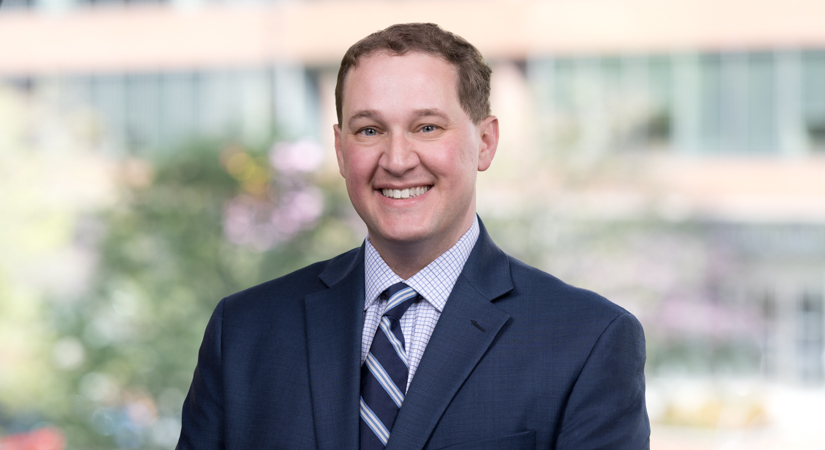U.S. Supreme Court Denies Certiorari on Class Certification Issue
On March 18, 2019, the U.S. Supreme Court declined to review a case that would have had significant consequences for federal class action litigation, leaving a circuit split in the application of a key provision of Rule 23, the civil procedure rule governing class actions.
Martin v. Behr Dayton Thermal Prod. LLC involves a toxic tort class action in the McCook Field neighborhood in Dayton, Ohio. Plaintiffs allege that defendants’ automatic and dry cleaning facilities released volatile organic compounds (VOCs) into the environment, which have contaminated the groundwater beneath plaintiffs’ properties, creating a risk of toxic vapor intrusion into plaintiffs’ homes. The case was removed to federal court in Ohio, and Plaintiffs sought class certification pursuant to Federal Rule of Civil Procedure 23(b)(3) as to five of its claims, and in the alternative, certification of numerous discrete issues in the action pursuant to Federal Rule of Civil Procedure 23(c)(4). Martin v. Behr Dayton Thermal Prod. LLC, 896 F.3d 405, 408-11 (6th Cir. 2018), cert. denied, No. 18-472, 2019 WL 1231762 (U.S. Mar. 18, 2019).
To qualify for class certification pursuant to Rule 23(b)(3), a plaintiff must demonstrate that:
- Questions of law or fact common to class members “predominate” over questing affecting individual members.
- The class action is the “superior” method for adjudicating the controversy.
Fed. R. Civ. Proc. 23. In addition, Rule 23(c)(4) provides that “[w]hen appropriate, an action may be brought or maintained as a class action with respect to particular issues.” Id.
Martin v. Behr Dayton Thermal Prod. LLC brought the interplay between these two provisions to the forefront as jurisdictions are in disagreement over whether class certification is appropriate as to only certain issues pursuant to Rule 23(c)(4), where the action otherwise fails to meet Rule 23(b)(3)’s predominance requirement. Under the broad view, adopted by the Second and Ninth Circuits, class treatment under Rule 23(c)(4) is appropriate even where the class does not meet Rule 23(b)(3)’s predominance requirement where certification will materially advance the litigation. Martin, 896 F.3d at 411-12. In contrast, the Fifth Circuit takes the “narrow view” that predominance is a threshold matter that must be satisfied before class certification may be issued. Id. Other circuits appear to utilize variations on these approaches. Id.
In a decision later affirmed by the Sixth Circuit, the Ohio federal court adopted a broad view of Rule 23(c)(4), holding that although Plaintiffs had not satisfied Rule 23(b)(3)’s predominance requirement due to the prevalence of individualized issues of injury and causation, Plaintiffs could still maintain the class action under Rule 23(c)(4). In re Behr Dayton Thermal Products, LLC, No. 08-cv-326 (S.D. Ohio Mar. 30, 2017). The court found that class certification of the common issues of liability was appropriate, with the individualized issues to be resolved at a later stage. Id. The Sixth Circuit affirmed the trial court’s decision, holding that the certified issues still met Rule 23(b)(3)’s predominance and superiority requirements because common questions of law and fact predominated as to the common issues and because addressing the common issues would “materially advance” the litigation, even if it would not resolve Defendants’ liability entirely. Martin, 896 F.3d at 413-16. Defendants subsequently filed a petition for a writ of certiorari asking the U.S. Supreme Court to review and resolve the issue.
The U.S. Supreme Court’s cert denial leaves unresolved a split among circuits as to whether parties can maintain a class action as to particular issues, even where there is no overall predominance of common questions of law or fact in the case. The Sixth Circuit’s decision appears to expand the grounds on which a class may be certified beyond those set forth in Rule 23(b) and has the potential to lead prospective plaintiffs to seek class certification for environmental torts even where there are highly divergent issues as to causation and damages. With the U.S. Supreme Court passing over, for now, the opportunity to resolve the uncertainty around this issue, jurisdictions will continue to vary in their application of the class certification requirements.









